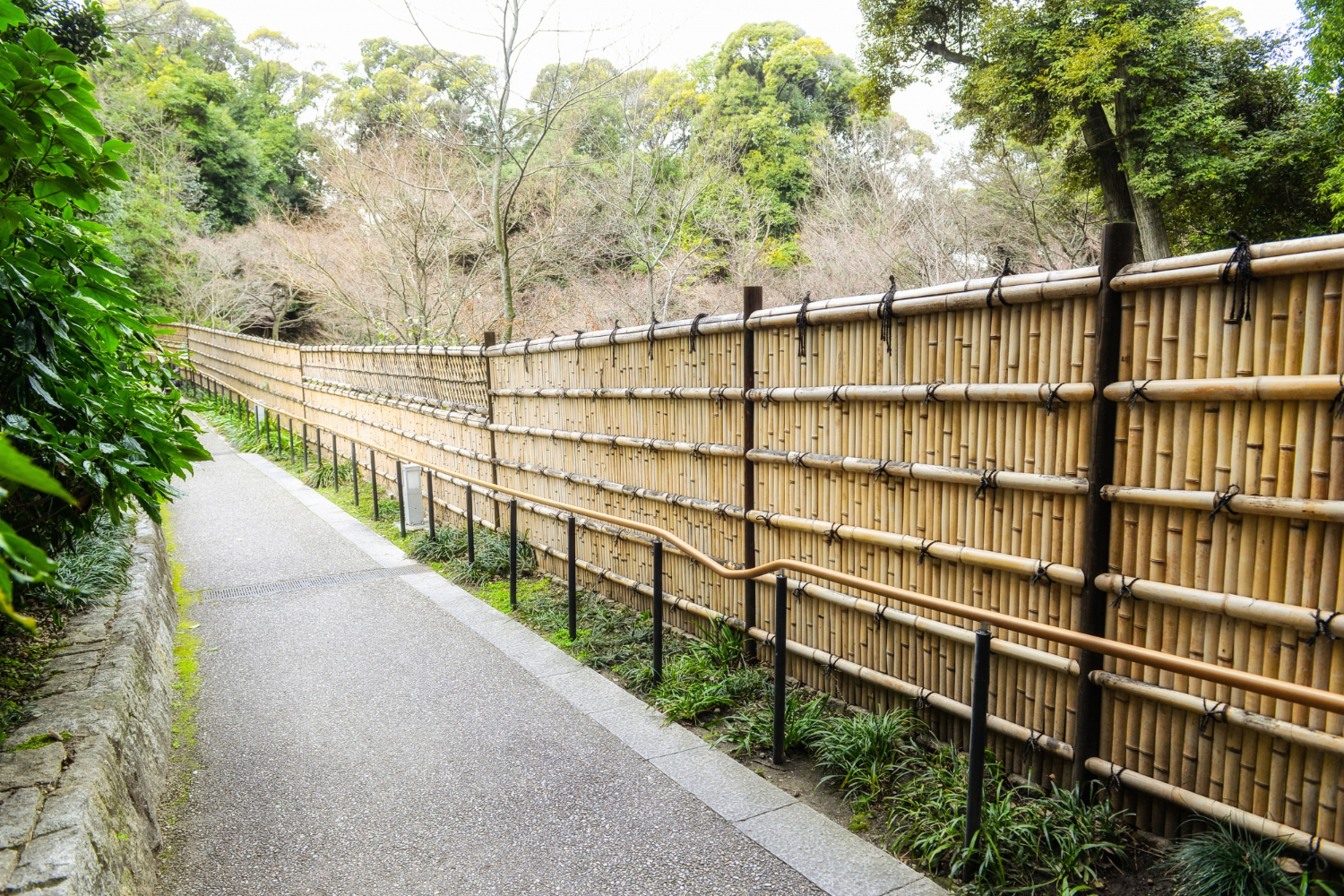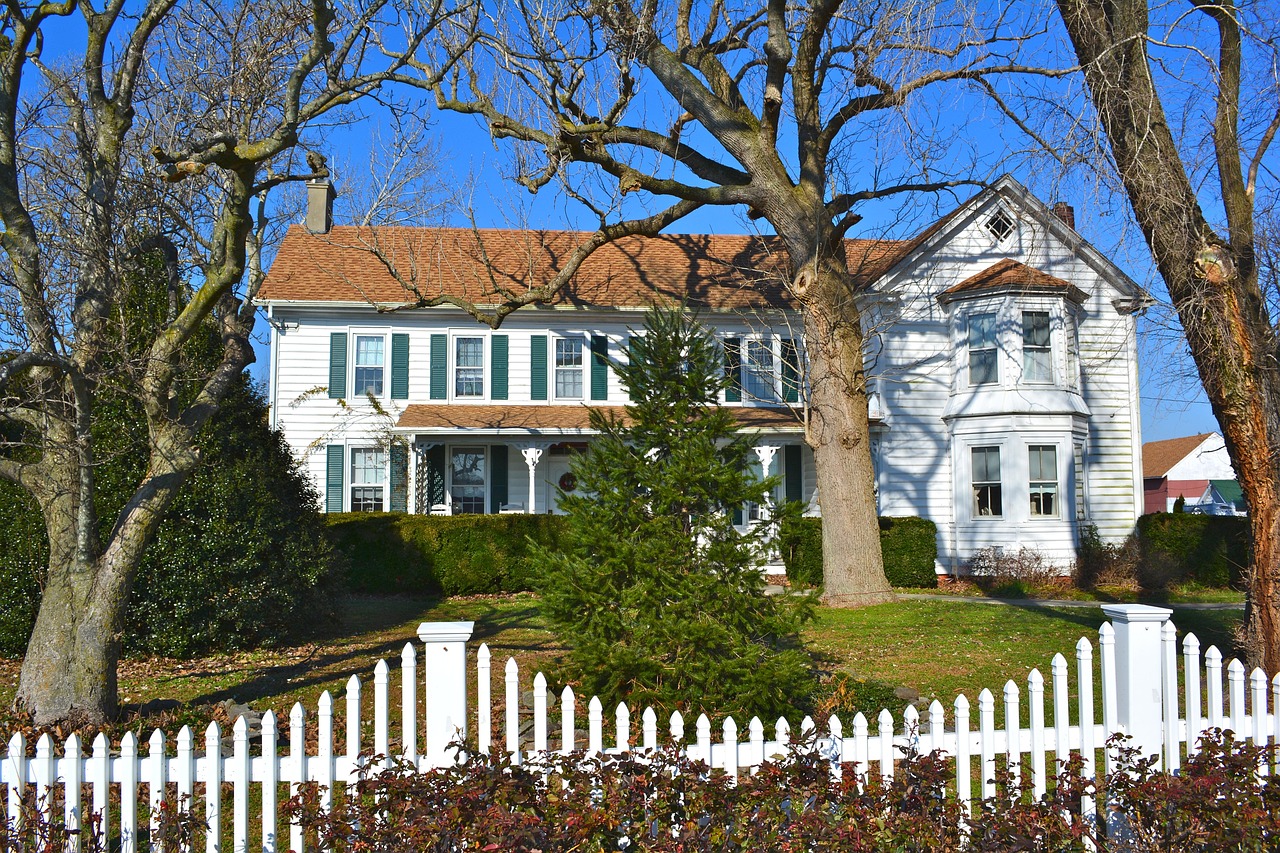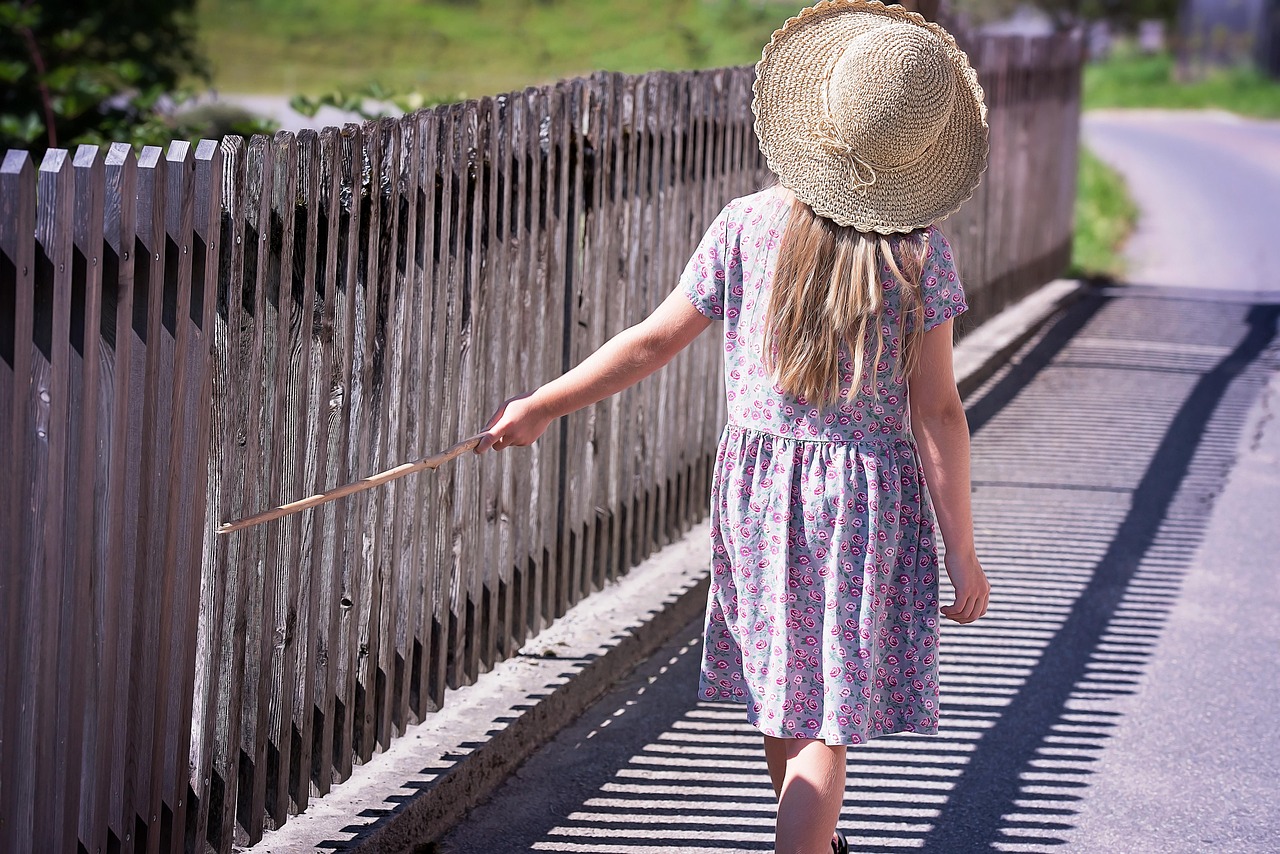Property lines look simple on a survey, yet daily life makes them complicated. Fences carry history, cost, and neighborly emotion, so small mistakes snowball into complaints or court papers. The law tries to balance fairness with safety, which means local rules can surprise even seasoned owners. Here’s the thing: the quiet truth is often on the deed, in the plat, or at city hall. Knowing a few basics turns tense chats into plans, and keeps weekend projects from drifting into disputes.
Finished Sides Often Must Face Outward

Finished sides matter. Many city codes and HOA covenants require the “good” or finished face of a boundary fence to face outward toward the street or neighboring lot, with posts and rails kept on the builder’s side. The idea is curb appeal and safety, not etiquette. Violations can trigger correction orders and fines, even when a fence sits fully on private land. When replacement time comes, the smooth face out, structure in pattern keeps inspectors calm and neighbor relations intact.
Boundary Fences Can Mean Shared Costs

Shared line, shared duty in many jurisdictions. Partition fence rules often split reasonable installation and maintenance costs between adjacent owners when a fence sits on the boundary and serves both parcels. Refusing to contribute can lead to notices, small-claims filings, or liens, depending on the statute. The catch is that reasonable covers height, materials, and placement tied to local standards. Overbuilt walls and luxury finishes are rarely mandatory for a neighbor to fund.
Small Encroachments Can Grow Into Big Claims

Inches matter at the line. A fence that strays onto a neighbor’s land is an encroachment, and leaving it in place for years can fuel boundary or adverse possession claims in some states. Owners often head this off with a survey, a written boundary-line agreement, or a permissive use letter that keeps the clock from running. Moving the fence to the surveyed line solves the problem cleanly. Waiting invites harder fixes, from court orders to paying to relocate utilities and hardscape.
Setbacks, Easements, And Sightlines Limit Placement

The right to build stops at the easement and the setback. Cities often ban fences in public right-of-way, drainage swales, or utility easements, and limit front-yard height to preserve driver sightlines. Corner lots add a visibility triangle that must stay clear above a set height, even for open pickets. Skipping permits risks a stop-work tag and removal at the owner’s expense. A quick check of plats, recorded easements, and code tables saves money and keeps sightlines honest.
Trees And Fences Are Legally Tied Together

Trees complicate fences because ownership follows the trunk. Branches and roots crossing the line may be trimmed back to the boundary in many places, but damaging a neighbor’s or a protected heritage tree can trigger liability and fines. Cutting major roots to drop posts can kill a tree months later, and courts often treat that as wrongful. The safer path uses an arborist to map root zones and a layout that shifts posts or uses piers, keeping both the fence and the canopy alive.


